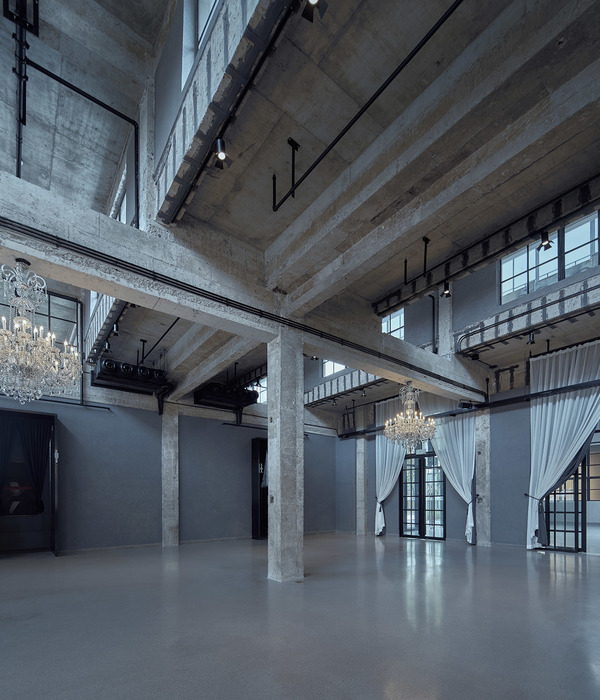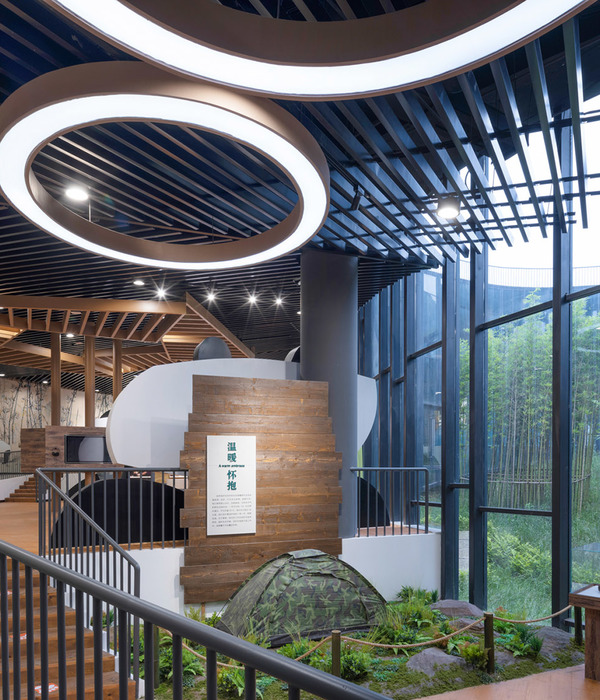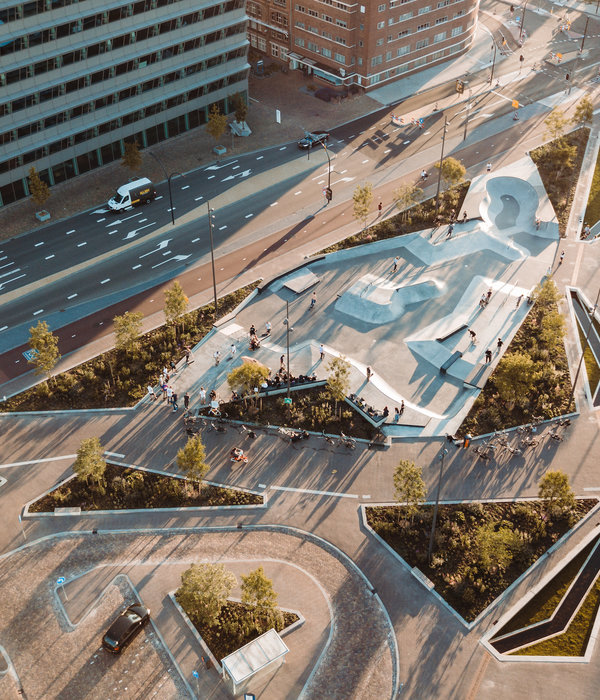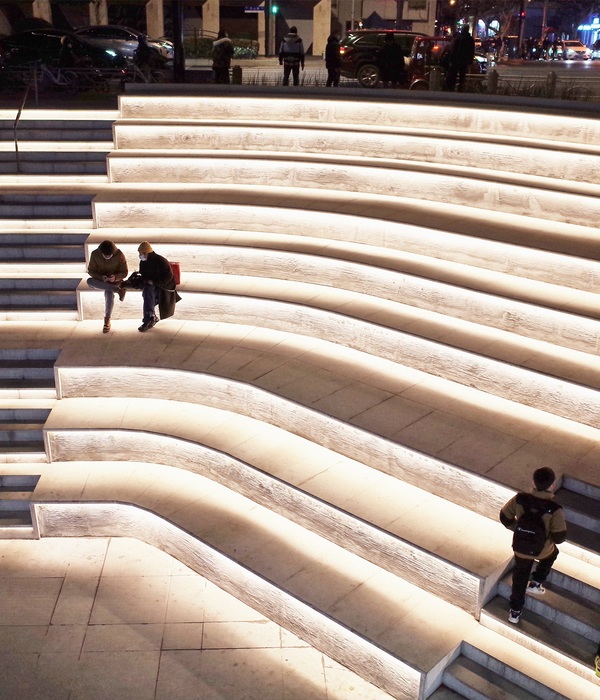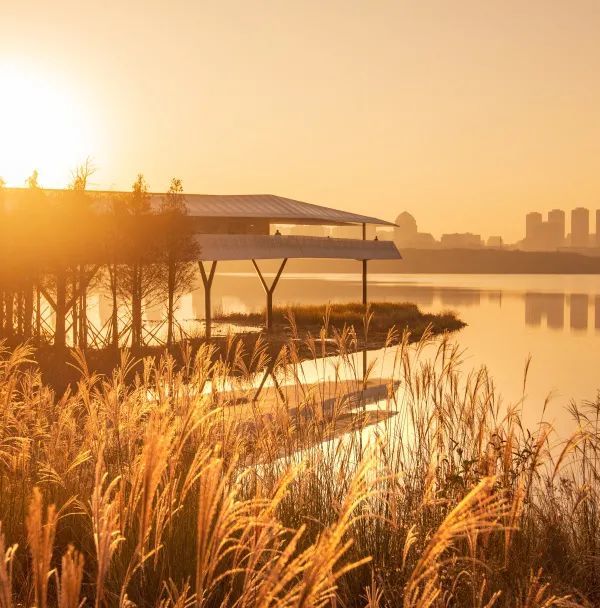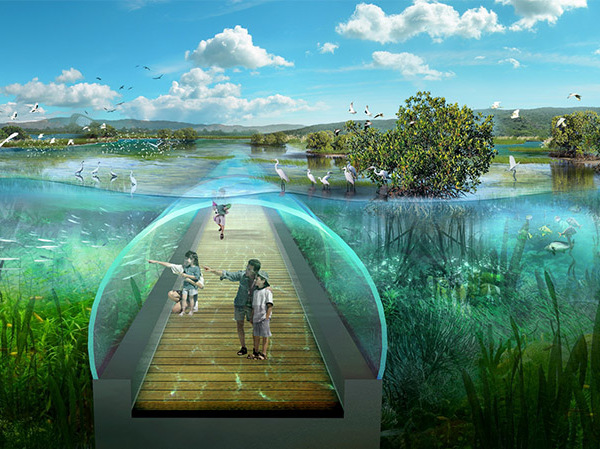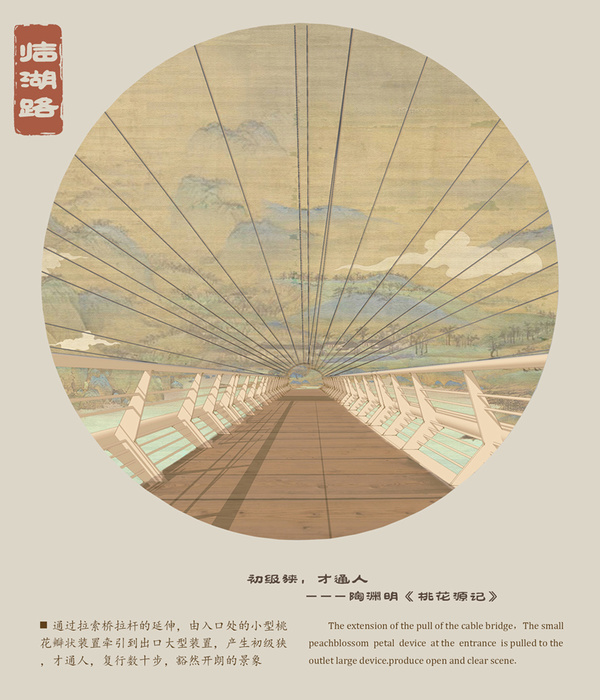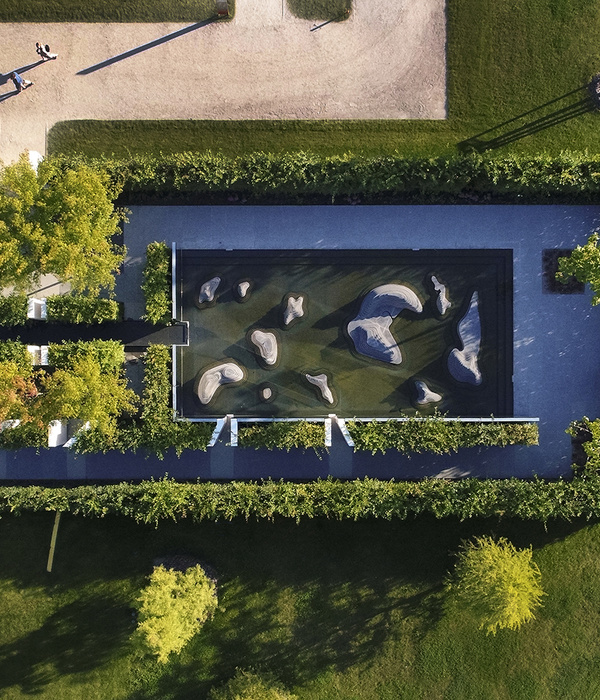Firm: A Gang of Three
Type: Cultural › Sculpture Memorial Landscape + Planning › Public Park Urban Green Space Waterway/Wetland Masterplan
STATUS: Built
YEAR: 2023
SIZE: 25,000 sqft - 100,000 sqft
BUDGET: $10K - 50K
Photos: Keith Isaacs (7), A Gang of Three (5), Negin Naseri (1)
Alluvial Decoder (City of Raleigh Storm Memorial)
Terrain of memory:
Alluvial Decoder is a project about shared urban memory – part public art, part urban realm, part landscape design. Its central function is to decode the chapters of Crabtree Creek’s flood history. It does this through a system of rudimentary yet deliberately placed markers, collectively transcribing the site’s resilience over time.
Crabtree Valley has been vulnerable to flooding since 1972, when the site was developed into a shopping mall. Damaging floods in 1972 and 1973 preceded a slew of hurricanes, from Fran to Floyd, as well as other tropical storms and sudden rain events – each regularly overwhelming Crabtree Creek. These flooding events have caused extensive property damage, injuries, and deaths.
A network of protection:
Alluvial Decoder is designed to (and does) flood. Twenty-five vertical, steel, color-coded pylons line the city greenway path adjacent to the creek, forming a file of markers along the flood-compromised banks. Graphic elements appear in the creek’s underpass, decoding the elements visitors encounter along the path. The markers signal historic flood heights, simultaneously standing as part of a network of implicit wayfinding within a zone ceaselessly at risk of immersion. The flood markers and the corresponding mural function as decoder data tool, as narrators of the site’s story, and as a wider alert system within the native meadow when flooding occurs.
Awakening native value:
The project’s landscape and wider planning strategy has been conceived to improve stormwater resiliency in the area, promote biodiversity across a rejuvenated meadow, and to encourage conscientious development at the site over time. It creates a natural riparian zone along the bank adjacent to the trail. The project’s landscape design ambition was never to deliver an overtly manicured or grandiose gesture. Conversely, its aim has been to gently amplify ecological awareness among site visitors, passers-by, and the wider city overall.
More for less:
Alluvial Decoder makes accessible the history of the flooding at the site, amplifying awareness of its susceptibility to both vehicular and pedestrian traffic. The scheme helps visitors understand why floodplains matter, and why they must be protected through policy and stormwater management. Urban design projects this scale typically have budgets in high hundreds of thousands or millions of $USD. The Alluvial Decoder project, which covers and reorganizes nearly two acres of landscape, was delivered for $50,000 – inclusive of all design and contractor fees.
The word ‘alluvial’ refers to geology made up of sand and earth left by the passing water of floods or rivers. This project reflects this meaning, and is intended to be shaped further by the people, wildlife and nature that will coalesce at its banks over time. It tells a story of both endurance and pliability – in its distinct physical manifestation, and in its economic approach to both design and construction. Alluvial Decoder is a design of community, of climate and planetary awareness, of modesty, and of frank, shared experience.
All design and construction work was performed pro bono in an effort to maximize both the project impact and quality.
Project Collaborators:
Raleigh Arts (client)
Raleigh Stormwater (client)
Luke Buchanan (muralist)
Cricket Forge (fabrication, installation)
Ryan Pound | RAD Graphics (signage)
Rob Stevenson | Bennett & Pless (structural engineering)
{{item.text_origin}}

